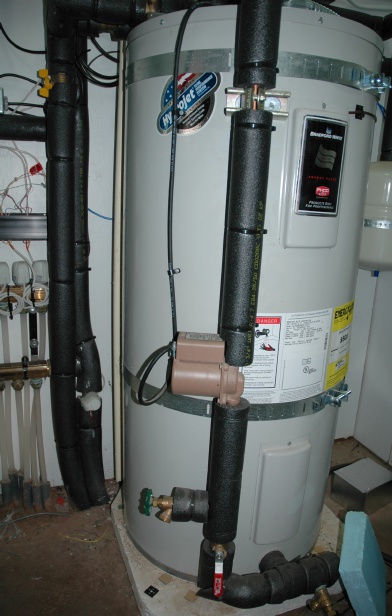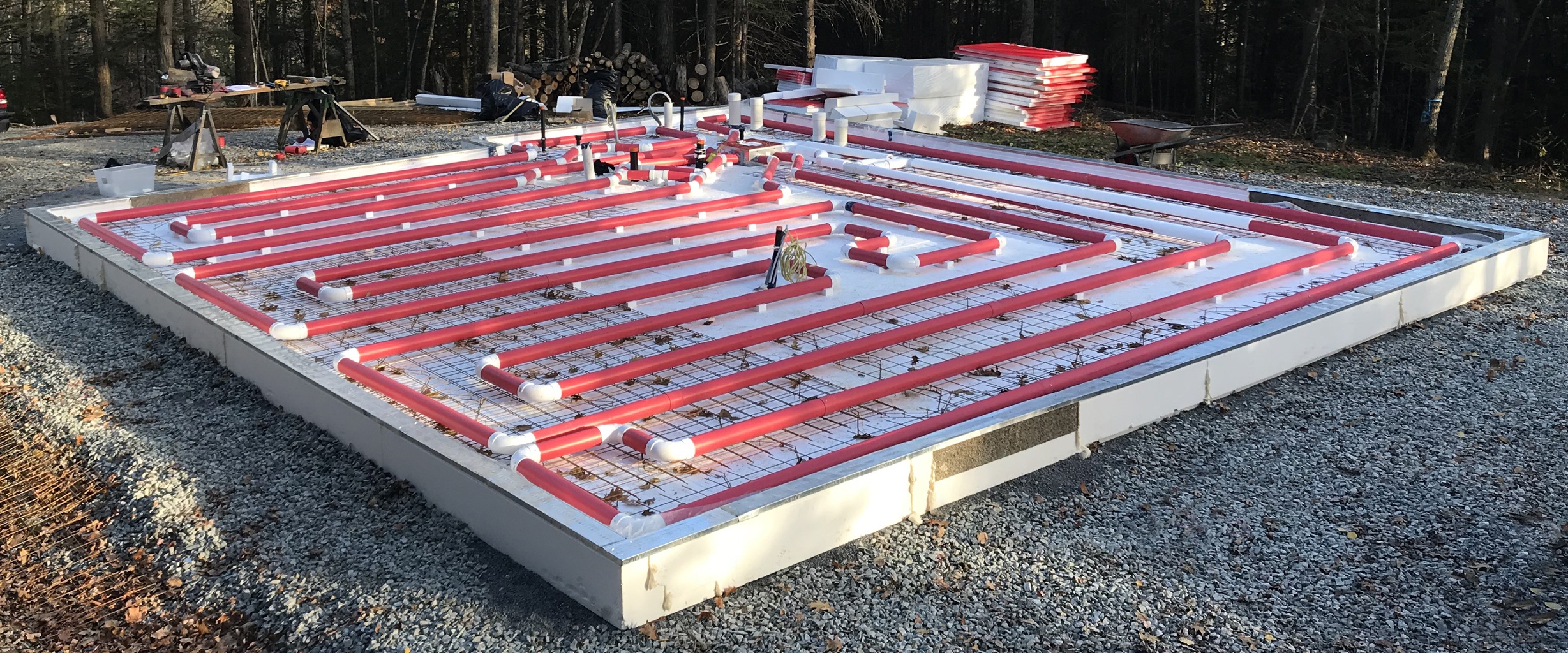

- RADIANT FLOOR HEATING COST TO OPERATE HYDRO VS ELECTRIC INSTALL
- RADIANT FLOOR HEATING COST TO OPERATE HYDRO VS ELECTRIC PROFESSIONAL
Insulation can deteriorate over time, so you should inspect it every year.

It’s made to withstand water and other elements without cracking or corroding. PEX lasts up to 50 years, so you most likely won’t have to replace it after installation.
RADIANT FLOOR HEATING COST TO OPERATE HYDRO VS ELECTRIC INSTALL
Because this tubing is easy to work with, it’s possible to install PEX yourself, if necessary. This is a flexible plastic that is replacing copper pipes in new builds. Hydronic floor heating uses cross-linked polyethylene (PEX) tubes. Beyond this, it doesn’t require maintenance like changing filters or cleaning ductwork. Clean it annually so the pressure valves won’t get backed up or worn down. The HVAC repair person should check the water pump at the same time as the boiler.
RADIANT FLOOR HEATING COST TO OPERATE HYDRO VS ELECTRIC PROFESSIONAL
An annual checkup from your HVAC professional is enough to keep it running. You’ll have to maintain the boiler or water heater to ensure it’s working properly. All of the parts run silently, so if you hear a noise, you should call a professional to check it out. Maintenance for hydronic floor heating is very minor. This prevents it from freezing in the system when you’re not using it. If you live in a climate with freezing temperatures, you can add antifreeze to the liquid.

Most hydronic heating uses water as the liquid medium. Plus, you get the satisfaction of knowing that your heating system isn’t harming the environment like others will. Heaters and boilers that use natural gas or propane are more expensive, while electricity won’t increase your utility bill much.Įnergy-efficient and solar appliances are the cheapest to run but will cost more on the front end. The cost of running your hydronic heat depends on which of those options you choose. There are several different heat sources for hydronic floor heating systems, including: It takes about three weeks for the concrete to cure before you can install tile, vinyl, laminate, or other types of flooring over it. Wet installations take longer because you’re covering the tubing with concrete. You can complete the entire process in just a few days. In dry installations, you install the tubes and then put flooring on top of them. Regardless of the type of loop you choose, you will install the pipes all across the floor, about three inches apart. This is not only a more environmentally-friendly option but also prevents bacteria and contaminants from getting into the water cycle. It’s reheated and shuttled through the PEX tubes continuously. The closed-loop process reuses the same water. After it circulates, the system disposes of it. An open-loop system pulls the water from the source, heats it, and pumps it through the tubing once. You can install a hydronic floor heating system in two different ways: open-loop or closed-loop. When you dive into the specifics of hydronic floor heating, there’s a lot to learn. Using hot water to heat the floor keeps the entire house warmer than blowing hot air into the room. The basic concept behind hydronic floor heating is simple.


 0 kommentar(er)
0 kommentar(er)
